Featured Panoramic Photo Above:
Classic Charles Conlon photo of Ty Cobb sliding into Jimmy Austin
Baseball History Comes Alive Now Ranked As a Top Five Website by Feedspot Among All Baseball History Websites and Blogs!
(Check out Feedspot's list of the Top 35 Baseball History websites and blogs)

Guest Submissions from Our Readers Always Welcome! Click for details
Scroll Down to Read Today’s Essay
Subscribe to Baseball History Comes Alive for automatic updates. As a Free Bonus, you’ll get instant access to my Special Report: Gary’s Handy Dandy World Series Reference Guide!
Today we welcome back Matt Kastel with an interesting account of a tragic incident that occurred at the Polo grounds on July Fourth, 1950. This is something I had never heard of before. Many years later, it’s still painful to read about what happened to a fan casually sitting in the stands and enjoying a ball game. Very sad…but it’s worth reading about if you’re not familiar with it. -GL
The Shot BEFORE the Shot Heard ‘Round the World!
At the Polo Grounds In 1951, Bobby Thompson hit the Shot Heard ‘Round the World, providing baseball with its most exciting ending and radio call ever. A year before that in 1950, there was a different type of shot at the Polo Grounds. This shot was lethal and from a gun, providing baseball with its oddest and most unlikely murder. A murder that still leaves many unanswered questions.
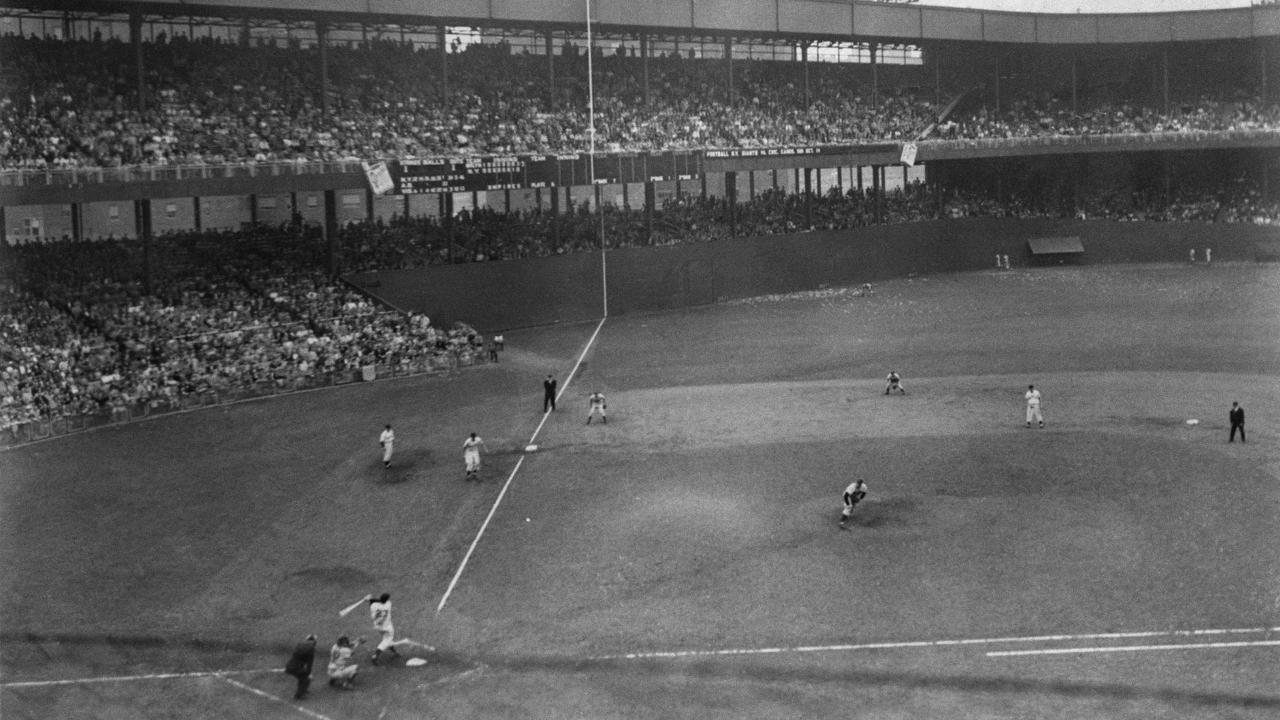
In 1950, what better way to spend the Fourth of July than by watching a doubleheader between those heated rivals, the Brooklyn Dodgers and the New York Giants? 49,316 fans had come to the game. Only 49,315 left alive.
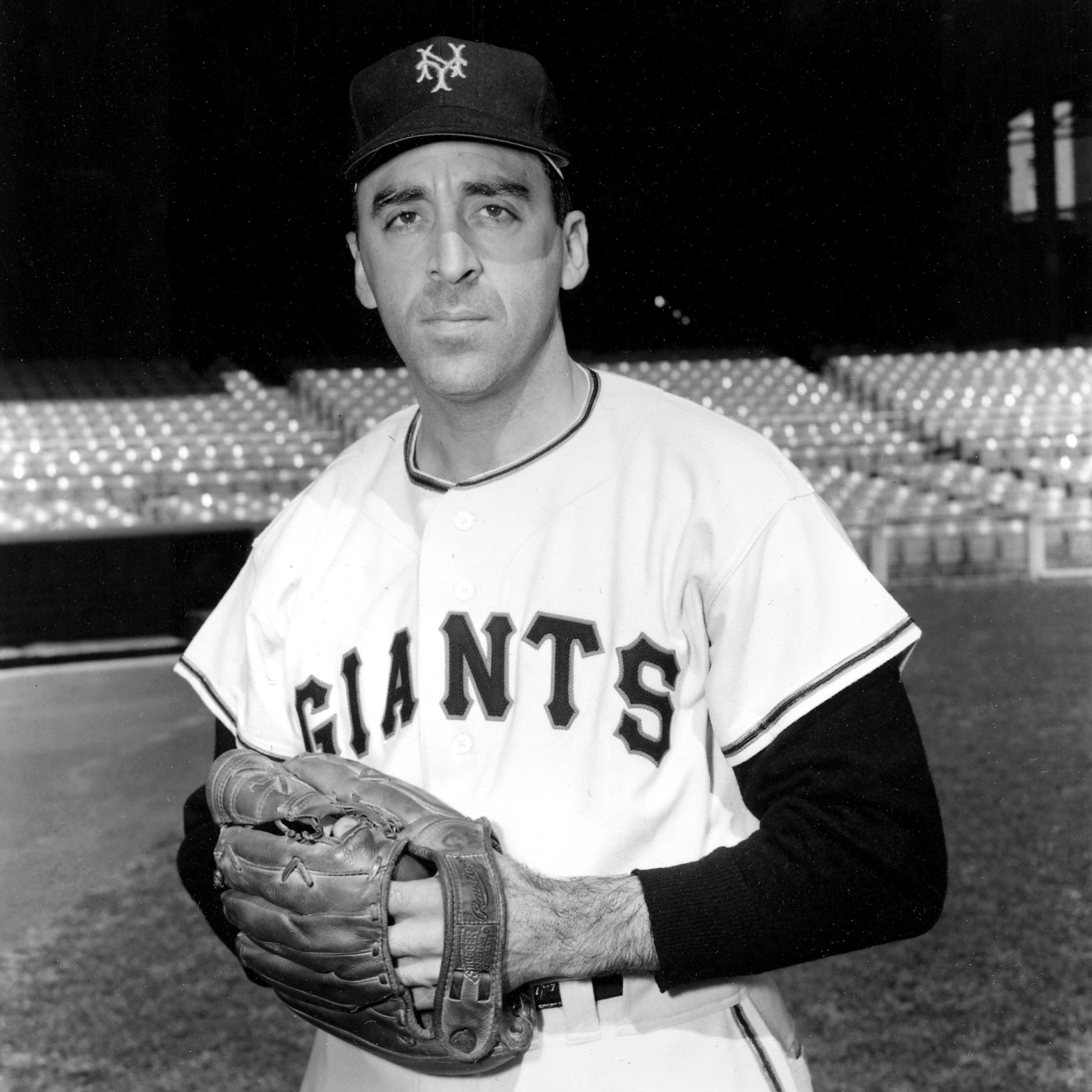
The teams split the twin bill, giving everyone something to cheer about. The opener featured a pair of ace pitchers where Sal ‘the Barber’ Maglie, so named as he was fond of giving hitters a close shave throwing high and tight, got the win for the Giants, beating Don Newcombe. In the nightcap, Billy Cox went three for five, helping the Bums earn the split.
In what should have been a heartwarming story, 53-year-old Bernard Doyle was taking a neighborhood boy, Otto Flaig, to his first game. Like many twists of fates, this one has a bitter irony, as the two arranged to go to a game earlier in the season but had a scheduling conflict.
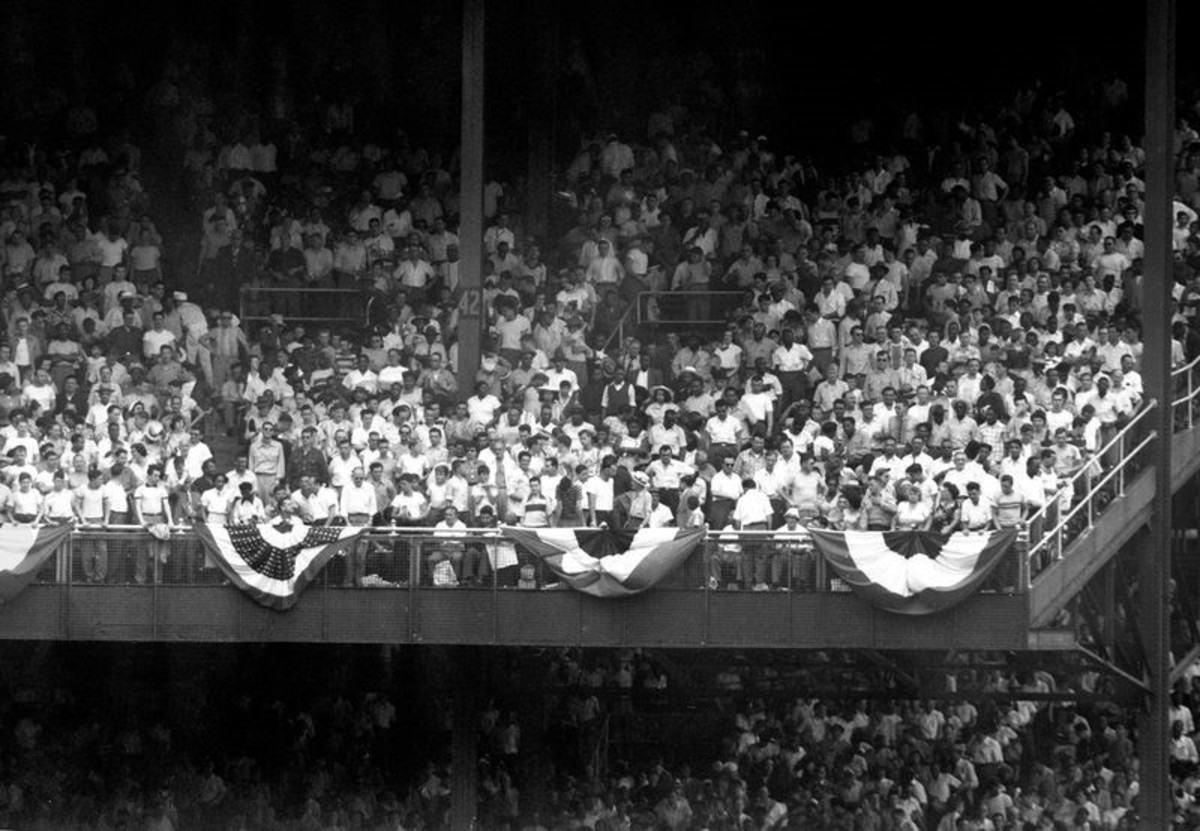
Bernard Doyle, Barney as he was called, had a fascinating background. Although only 53 years old, media accounts had him listed as a freight worker, who had retired early due to a heart condition. At one time, he managed a boxer by the name of James J. Braddock, before he became famous.
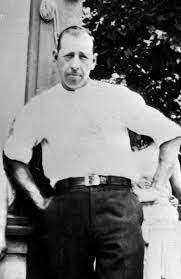
Braddock is better remembered today as being the Cinderella Man.
In 2005 The Cinderella Man was a hit movie directed by Ron Howard, and Braddock was portrayed by Russell Crowe and his wife by Renee Zellweger. Braddock was a fighter who quit because of a hand injury and became a dock worker to support his family. Against his wife’s better judgment, Braddock returns to the ring, bad hand and all, fighting now as a lefthander and, improbably, scored some incredible upsets that led to a championship bout with Max Baer, Sr. In a true story befitting a Hollywood movie, Braddock beats Baer despite being a heavy underdog.
Six months earlier to the Fourth of July doubleheader in 1950, a 14-year-old child by the name of Robert Peebles, depending on media accounts, had found either a .22 or .45 caliber pistol in Central Park near the 110th Street entrance. That gun still had one bullet left in its chamber. Peebles had squirreled the gun away in the basement of his apartment complex, waiting for the right time to use it. To celebrate Independence Day, he was going to fire the lone shot into the air.
Bernard Doyle and his young companion, Otto Flaig, made their way to the seats in Section 42, Row C, with Bernard sitting in seat 3. Section 42 was just off to the left side of dead center field. For a home run ball to reach the pair, it would have to be a prodigious blast.
[Ed. note: Check out the featured photo to get a good idea of where the pair were seated -GL]
They arrived in time to watch infield practice. At 12:30 on the dot, the Giants took the field to start the game. Meanwhile, young Robert Peebles stood on the roof of an apartment building at 515 Edgecombe Avenue, some 1,200 yards away from the Polo Grounds. One side of the street was lined with apartment buildings; on the other, a parapet, and nearby was the John T. Brush stairwell which descended Cogan’s Bluff to where the Polo Grounds were located.
Peebles pulled the trigger and shot the gun into the air at a 45-degree angle.
Doyle had turned to say something to Flaig, and fans sitting nearby heard a pop, like someone bursting a paper bag or opening up a beer. Just like that, Doyle’s head snapped, and he slumped to his right side. A blood stain began to spread out over his white dress shirt.
When Otto asked, “Mr. Doyle, you okay?” and he didn’t respond, the boy initially thought the older man had a heart attack. A doctor seated in that area, pronounced Doyle dead, declaring he had died instantly. New York, being New York, as they carted out Bernard Doyle’s body, there was a mad scramble from the standing-room-only crowd vying for the now empty seat.
Even the young Otto Flaig was sore that the murder had caused him to miss the action. He was taken to the 70th Precinct and questioned by police, where the Daily News reported, “Young Otto himself complained that the detectives’ questions were making him miss the ballfield action.” They went on to quote him saying, ‘I’ve been dreaming about this game for a month,’ he grumbled.”
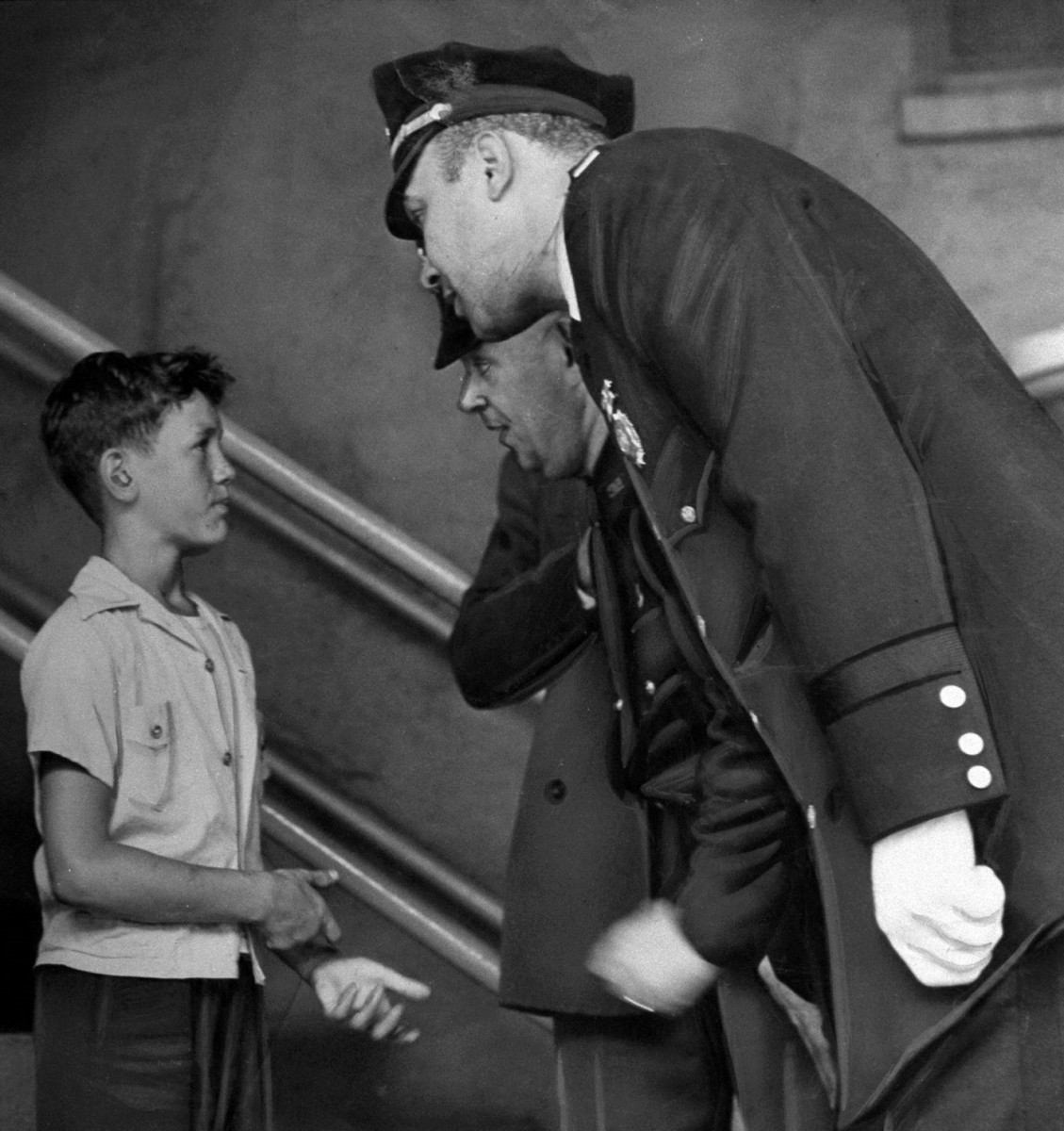
On the cover of the next day’s Daily News was a large picture of Bernard Doyle’s body, still sitting in Section 42, Row C, Seat 3. The bold headline screamed: “SHOT DEAD AT POLO GROUNDS. Mystery bullet kills Giants fan.”
The picture in the Daily News is so graphic, I don’t know if even the infamous New York tabloids would publish it if the incident happened today. Although, you can be sure the image would go viral on the internet. While this sounds like the plot to a bad B movie, before the police put all the pieces of the puzzle together, there were fears by the general public that this was the beginning of a serial killer who was stalking baseball fans.
Eighty police officers were assigned to the case, and an autopsy showed that Doyle had been shot in the left temple from a bullet taking a downward trajectory. The first big break was when police officers found an empty shell casing and then got a tip that led them to Peebles.
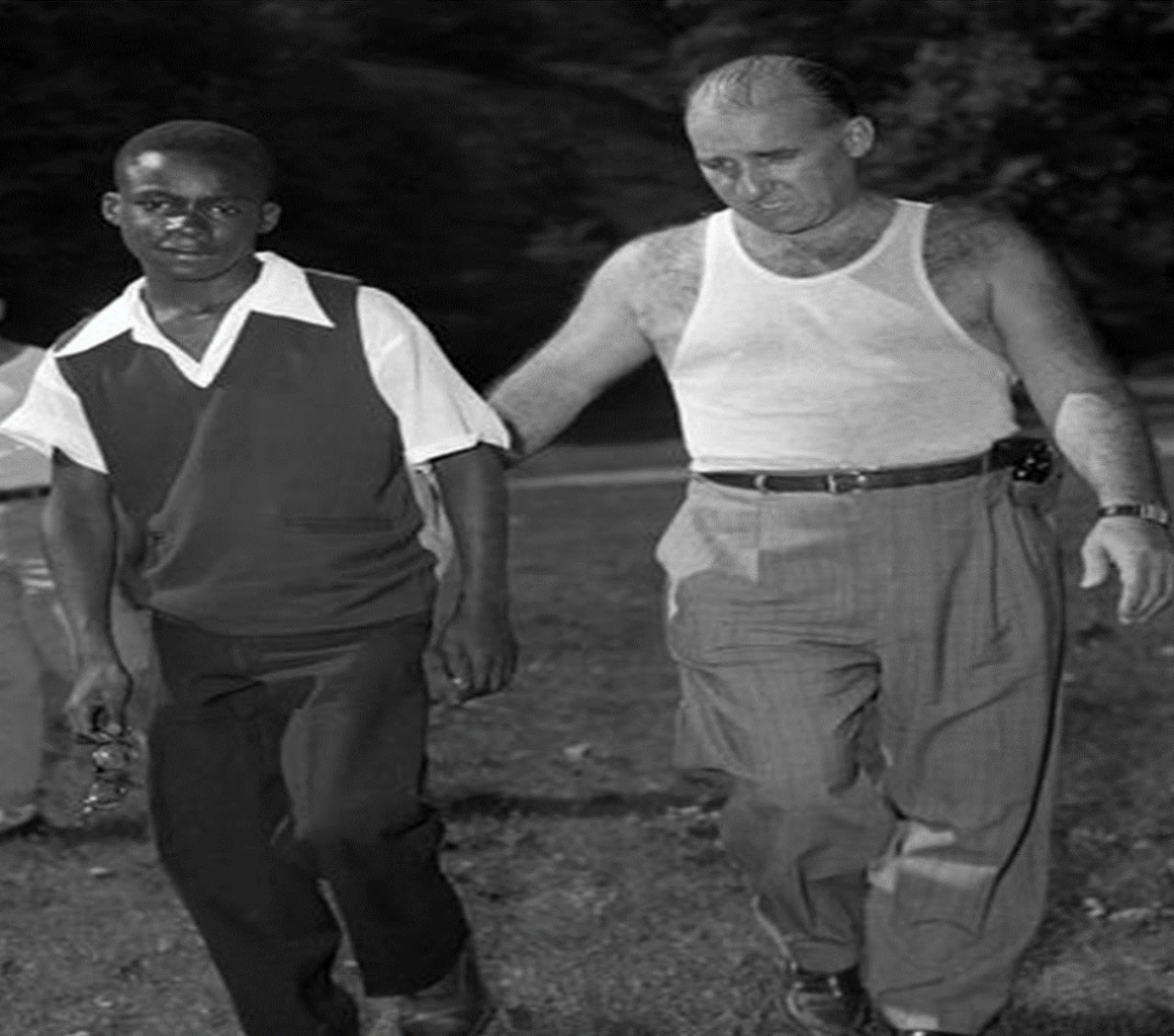
When detectives caught up to Robert Peebles, this was allegedly the first time the youth was aware that he had killed someone, although other media accounts reported that he had heard of the death and then flushed the spent cartridge down the toilet. He confessed to the crime, and the papers have photos of Peebles and police Detective Robert McGinty searching Highbridge Park, where Peebles had said he had disposed of the gun.
The gun was never found, so charges against the youth didn’t stick. Police did find that Peebles was in possession of rifles that he had stored in his apartment. For illegally possessing these weapons, he was sent to the State Training School for Boys in Warwick, New York, where he spent two years.
The mainstream press was a bit skeptical that a ‘stray bullet’ could travel 1,200 feet in the air and kill someone sitting in the Polo Grounds. Although many questioned the police’s conclusions, some experts believe that mathematics and physics prove if a .45 is fired up in the air in the way police suggested, the bullet could cover the distance needed and would descend at a rate over 200 mph. The African American press in New York (Robert Pebbles was African American) was ripe with a different conspiracy theory that Peebles was set up by the adults in his household to take the fall.
Otto Flaig would later turn to the military and law enforcement and for a time was the Chief of Police for Teterboro, New Jersey. He died in 1992 as a Mets fan.
Not much is known about Robert Peebles, other than he had lived with an aunt since the age of five. After The Warwick State Training School for Boys, rumors had Peebles going to Texas, and some rumors had him coming back to New York. Like any good mystery, nobody really knows for sure.
Matt Kastel
Subscribe to our website, Baseball History Comes Alive with over 1400 fully categorized baseball essays and photo galleries, now surpassing the one million hits mark with 1,155,000 hits and over 950 subscribers: https://wp.me/P7a04E-2he

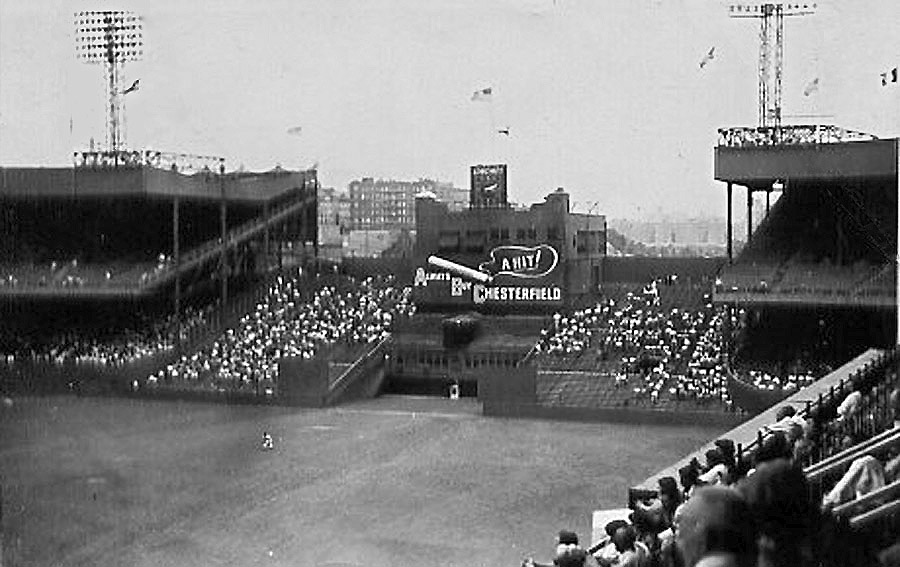

I did read about this many moons ago and it stuck because of the surname of the victim.
People are always taking shots at the Doyles.
😁
Haha! You probably deserve it too!
Gary, We’re you having problems in distributing your posts?
Just received about five that just dropped in my in box with varying dates.
Yeah, was having major problems. I realized that the last five or six posts weren’t going out to the subscribers. I spent a good pat of the day yesterday with WordPress support trying to get it resolved with no luck. Was about to give up, and then around 5:00 it just magically resolved itself! Sorry everyone got hit with a batch all at once, but I’m just glad the problem is resolved. At least I hope so. Will have something for tomorrow, so i hope it goes out properly.
Amazing story. I knew generally about the incident, but good detail and background rendered by Matt Kastel.
Terribly tragic but you can kind of understand the selfish emotion expressed by the young Otto. Not completely noble but completely human.